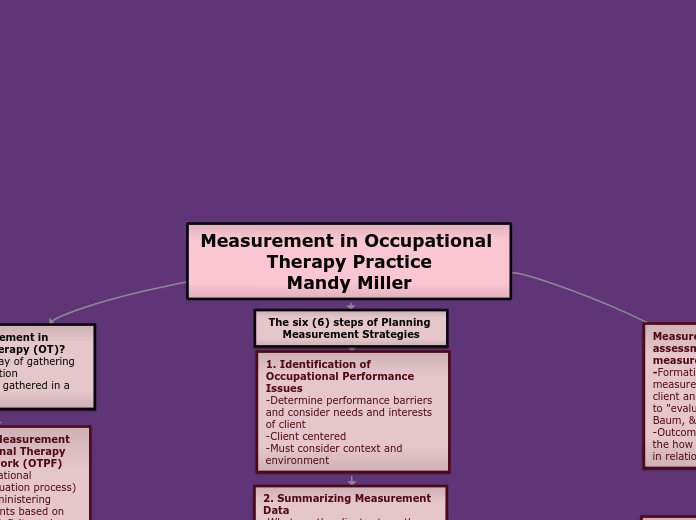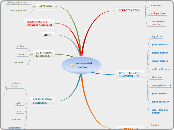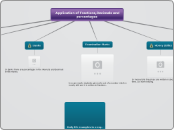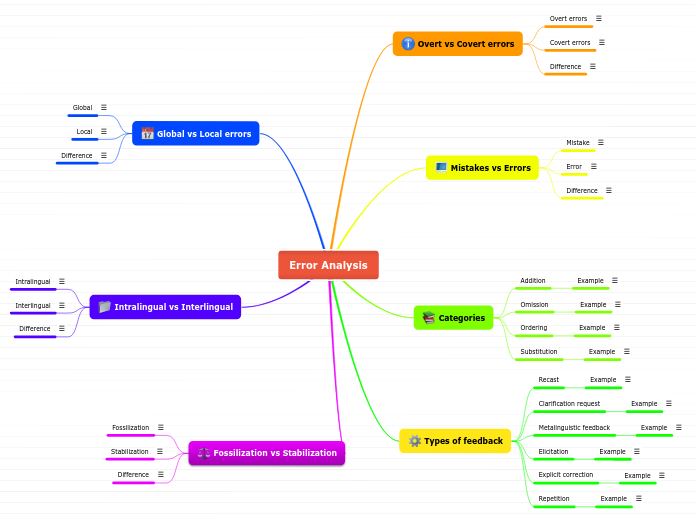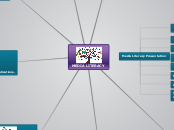af Mandy Miller 5 år siden
798
Measurement in Occupational Therapy Practice Mandy Miller
Measurement in occupational therapy is crucial for gathering objective information about a client's functional, physical, and cognitive abilities. This systematic process is integral to the Occupational Therapy Practice Framework, facilitating the analysis of occupational performance, selecting relevant assessments, and determining the effectiveness of interventions.
